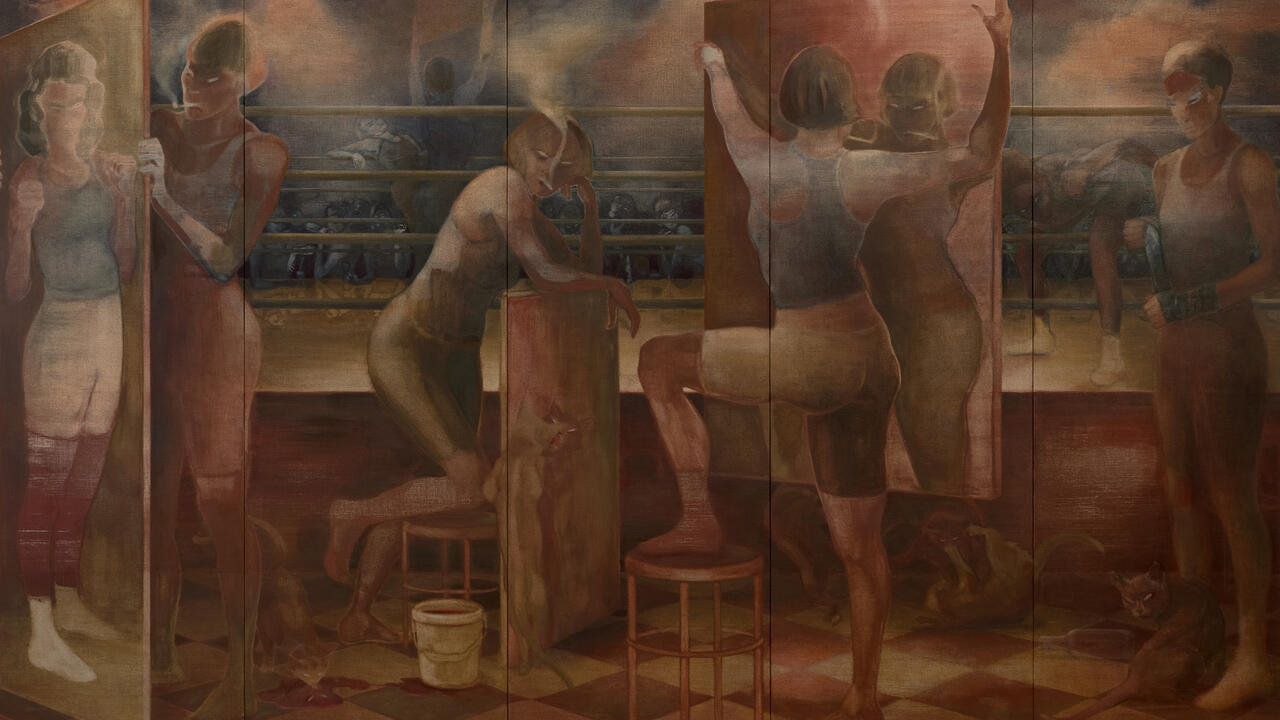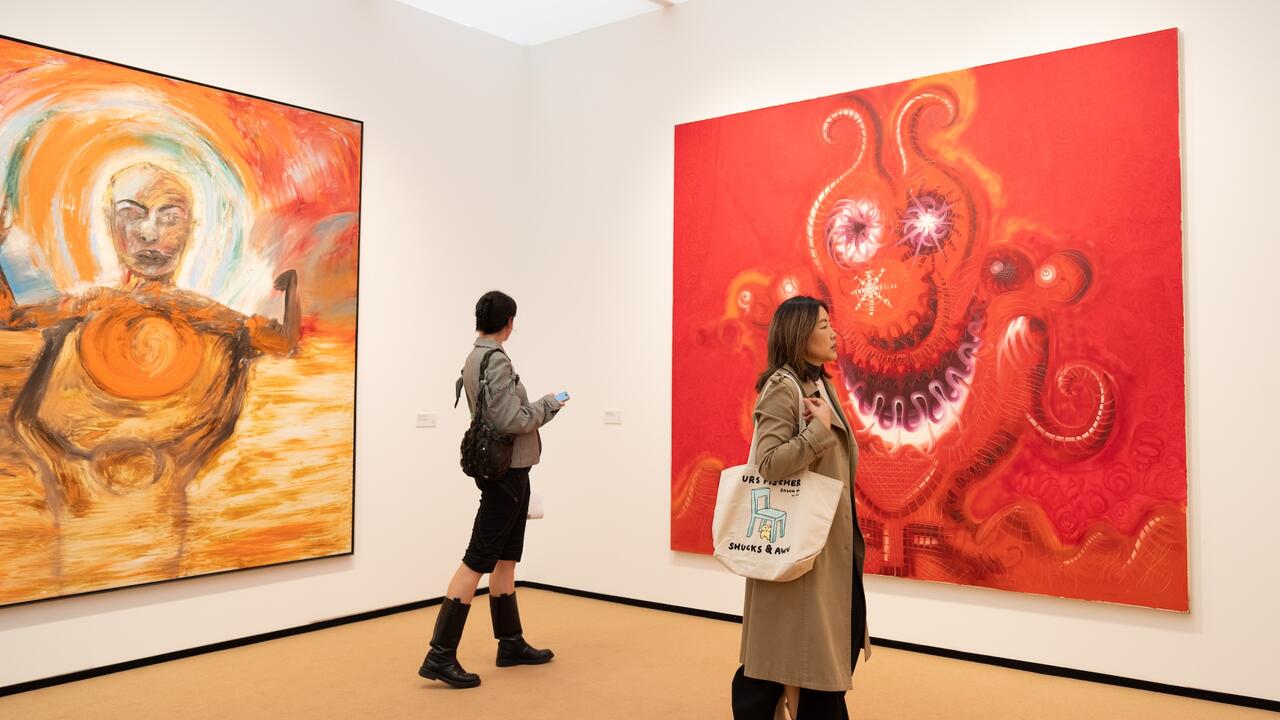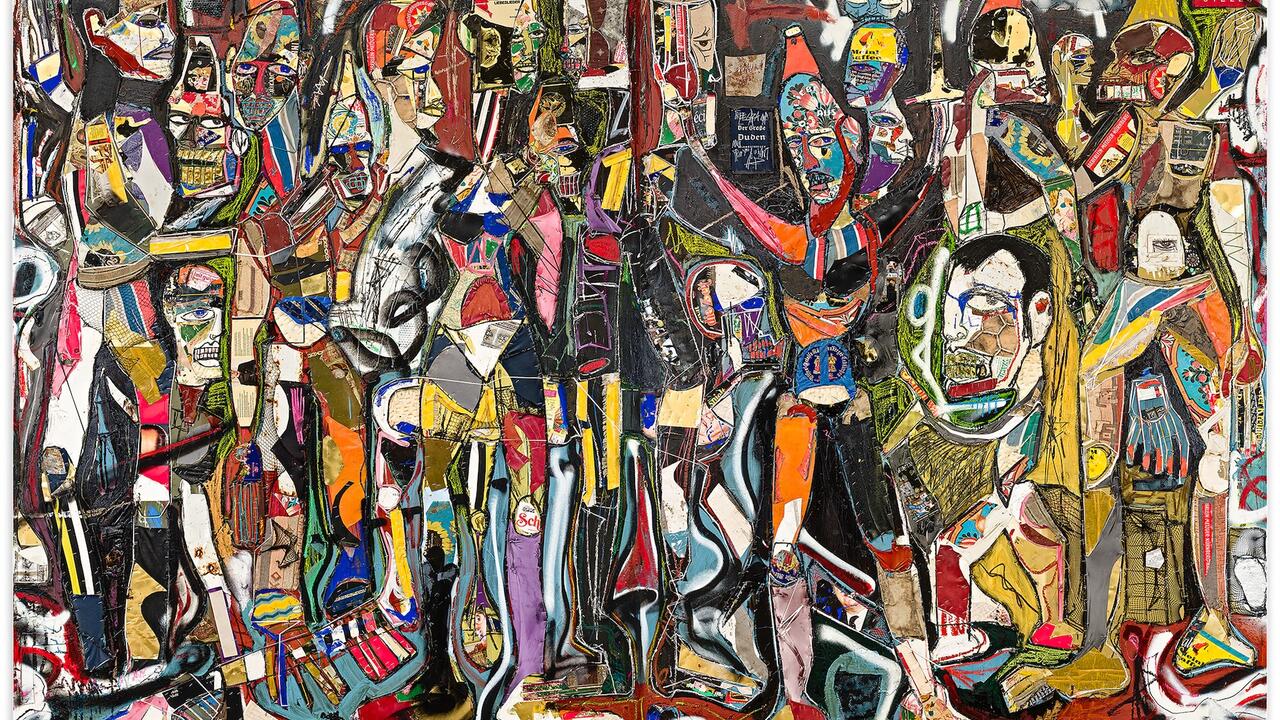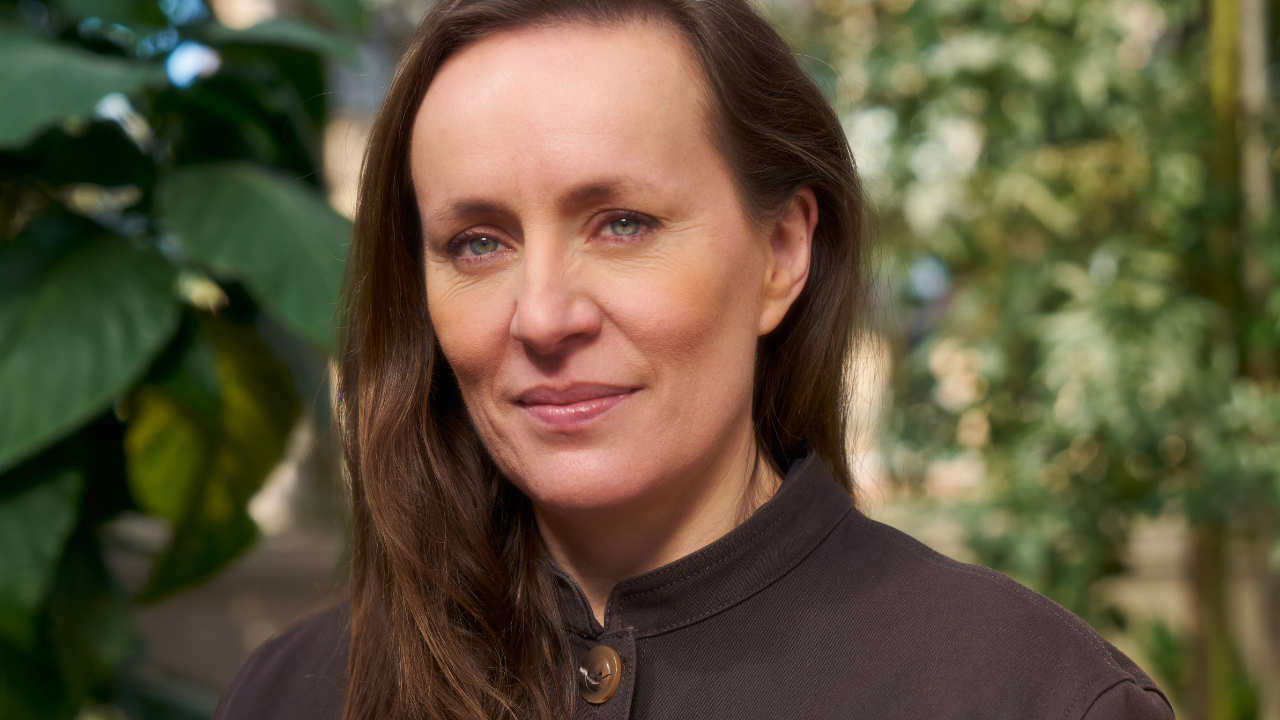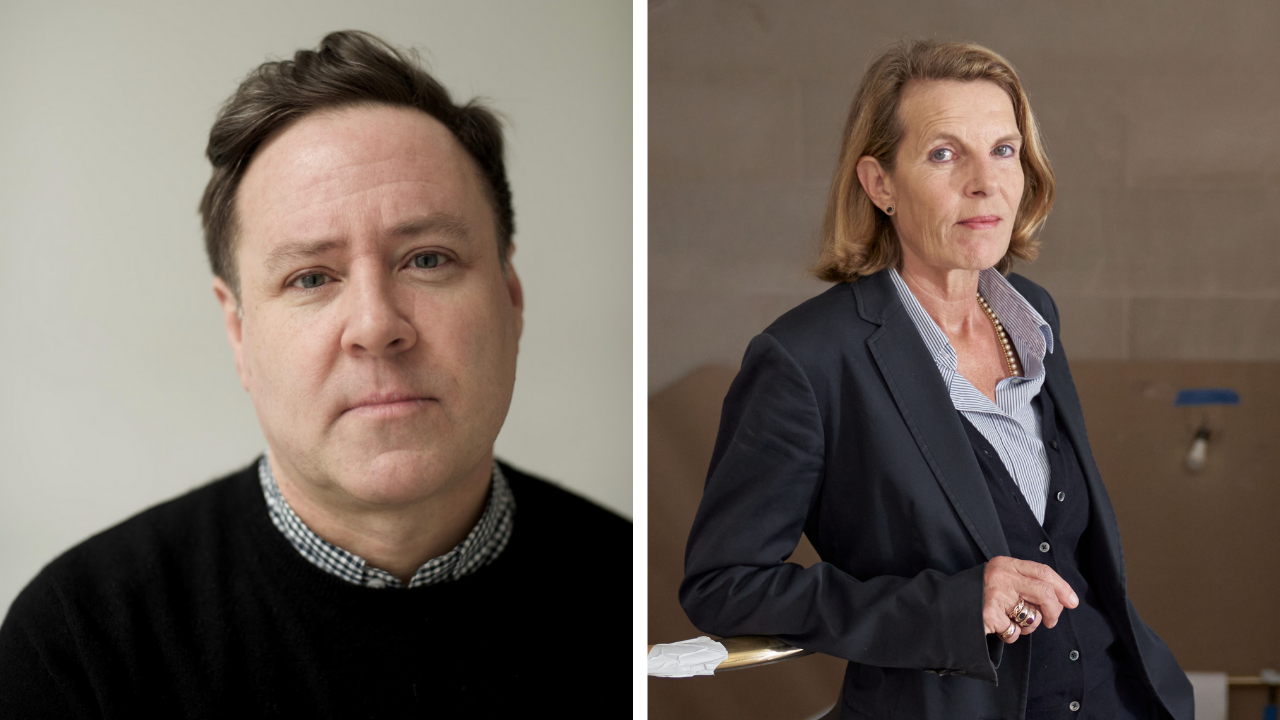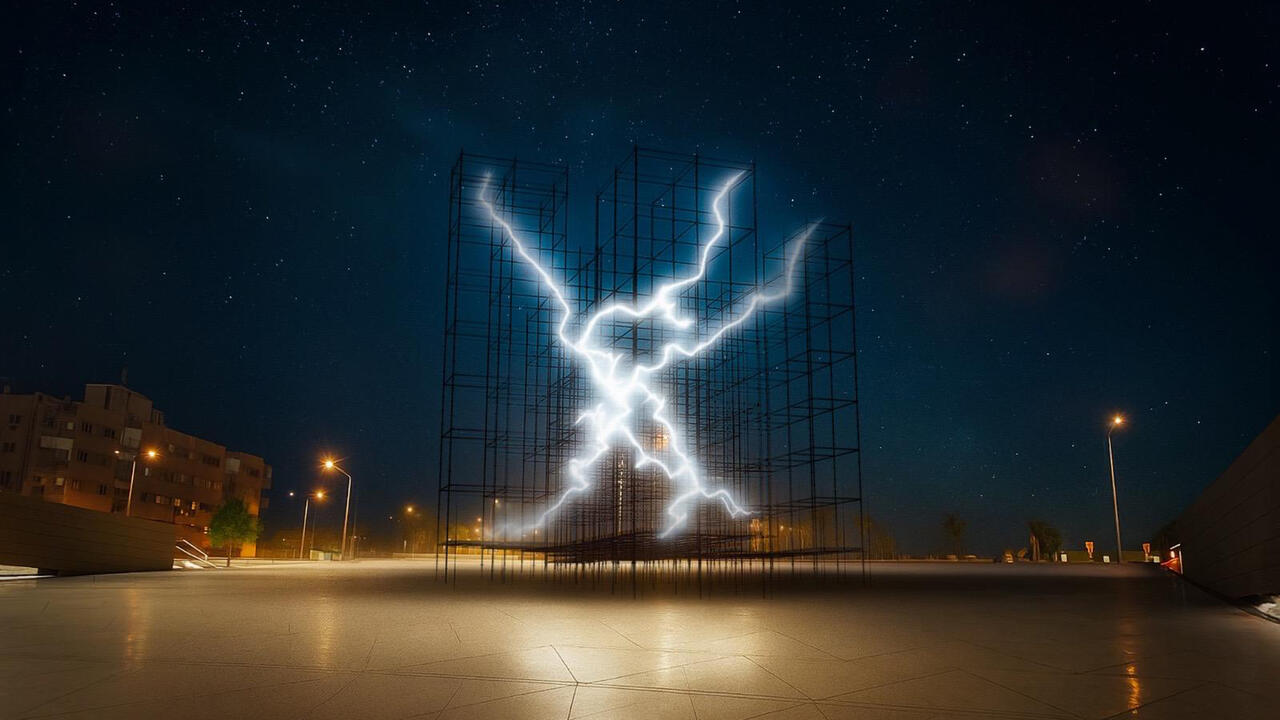Isabella Ducrot's Practice Is Free From Rules
Ahead of her first British solo show at London's Sadie Coles HQ, the artist discusses her idea of womanhood and how her creative career blossomed later in life
Ahead of her first British solo show at London's Sadie Coles HQ, the artist discusses her idea of womanhood and how her creative career blossomed later in life

When I ask Isabella Ducrot how she feels about the number of solo shows planned for her in 2023, she chuckles brightly. Ducrot, who has been making art for over four decades, is sitting on a striped red couch in her spacious and bright ground floor studio in the majestic Palazzo Doria Pamphilj in Rome. She gestures animatedly, her cup of coffee rattling on its saucer. ‘Can I say that it makes me feel miraculous? I know us women are very in vogue right now, even more so when we are old, but, really, I had no expectations that all this would happen.’ Her exhibition ‘Il Miracoloso’ is running at the Roman gallery T293 until the end of March; another solo show has just opened at Galerie Gisela Capitain’s new temporary exhibition space in Naples, Zweigstelle Capitain; while her first British solo show opens at London’s Sadie Coles HQ at the end of the month.
Ducrot was born in Naples in 1931 and has lived for the last 60 years in Rome, a city to which she moved with her late husband, the Sicilian entrepreneur Vittorio Ducrot. Beginning in 1973, Vittorio ran a successful upscale tour operator, organizing trips across the Asian continent, on which Ducrot frequently accompanied him. These journeys were formative for Ducrot, influencing her fascination for rare textiles, of which she amassed a vast collection, now the subject of the beautifully illustrated catalogue Stoffe (2023).

That this immensely prolific artist and writer has, until very recently, been little known outside a handful of devoted critics and gallerists in Italy, is an all too familiar story. Like many female artists of her generation, her most productive creative phase began once her children were older. Ducrot found her voice, and the strength to use it. ‘I was so insecure when I was younger. Really, I was quite helpless and suffering, whereas today, as old as I am…’ she points to her brilliant blue taffeta dress, ‘I made this dress, even after the death of my husband! Life, a happy life especially, begins at 60,’ she exclaims joyfully.
In her art, Ducrot shifts seamlessly between abstraction and figuration, between intimate and monumental scales. Through painting, drawing, and collage, she depicts landscapes, lovers, shapes and objects, imbuing her untreated surfaces with bursts of alluring colour but never overwhelming them, giving instead ‘dignity to the in-between spaces.’ In crayons, ink or self-mixed pigments, her works are warm, ethereal and animated by a mysterious energy, as in the collage Fiori 30 (Flowers 30, 2021), in which a bouquet of lilac tulips emerge vibrantly from a polka dot blue vase.

Ducrot, best known for her works on fabrics such as cotton, hemp and silk, is self-taught. Her process, she insists, is instinctive and free from rules. She points to the three colossal mixed media paintings originally commissioned for a baroque former church in Naples in late 2021, now on view at T293 in Rome. ‘Who would have thought that that deconsecrated church, a skeleton after earthquakes and disasters, would have been so loaded with meaning,’ she recounts. ‘[But] once inside it, I had the distinct feeling that nothing should be touched or placed inside it, it would have been an offence to this wonder. The only thing I could do was cover the bricks where the altarpieces would have been. But these are all ideas that came gradually,’ she stresses.
Ducrot ended up creating Annunciazione (Annunciation, all 2021), Adorazione dei Magi (Adoration of the Magi), and Discesa dello Spirito Santo (Descent of the Holy Spirit), mixed-media paintings in brilliant blues and golds, which portray episodes in the story of Jesus Christ through a contemporary lens. In 22 Places of the Soul, she recounts how during the pandemic, she suspended her ‘habitual suspicious attitude towards everything that could be defined as “the miraculous”’. Instead, she wondered as the world became more fragile whether the ‘language of science fiction’ might be more apt to express the global condition.

Our capacity to draw strength from frailty is a recurring theme in Ducrot’s work, extending to her choice of surface. These days, she favours a type of handmade Japanese paper commonly used in restoration. ‘I love the ductility of textiles. For example, I detest Fabriano paper because it’s so rigid. I came to this malleable Japanese paper because it’s soft. Strong but light and soft.’ Ducrot used this parchment-like paper for her extensive ‘Bella Terra’ series (2022), which will be on view at Sadie Coles, which depicts an ever-changing idyllic landscape featuring a tree, volcano, sea and night sky. ‘My intention was to represent the world which hosts us as beautiful and desirable, one that merits our care. We’re living in a time when the world will explode, so we no longer work with faith in the eternity of the world. I like making works that are seemingly very fragile, a bit ruined, but that are in reality very strong.’
As our conversation comes to a close, I ask her about an essay in her 2021 book Women’s Life, a profound meditation on womanhood, in which Ducrot recounts coming to terms with the fact that as an older woman, she held an archive of overlooked stories. ‘Old age is a privileged time to reflect. Not having long-term projects forces you to live the present with heroism and devotion,’ she explained. ‘In old age, you can have courageous feelings and free gestures. As a woman, I have had a different story from that of men – I have suffered differently and rejoiced differently.’
Isabella Ducrot: other things will be on view at Sadie Coles HQ, London, from 29 March – 5 May 2023. Isabella Ducrot: Il Miracoloso is on view at T293, Rome, until 31 March, and Isabella Ducrot, Jacqueline Humphries, Liza Lacroix is on view at Galerie Gisela Capitain's Zweigstelle Capitain, Naples, until 28 March.
Main image: Isabella Ducrot, Bella Terra XXII, 2022, Chinese ink, pigments and collage on Chinese paper, 34 × 51 cm. Courtesy: © Isabella Ducrot, Sadie Coles HQ, London; photograph: Katie Morrison








